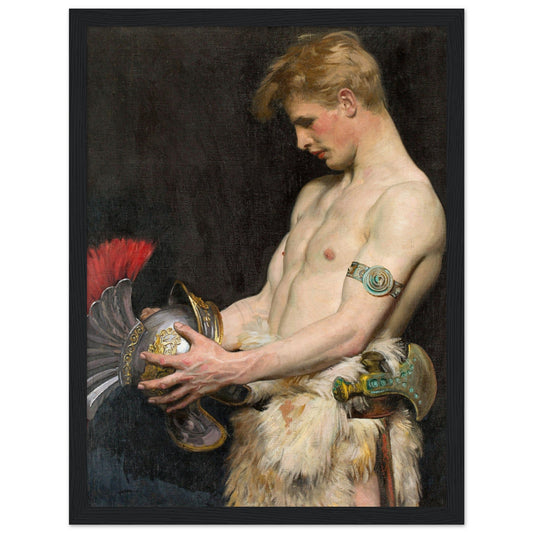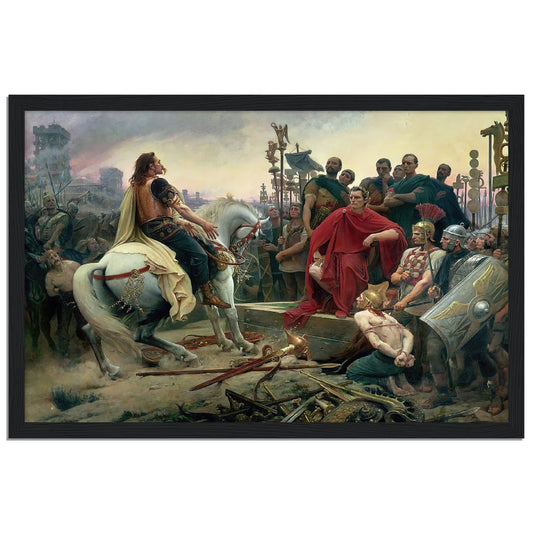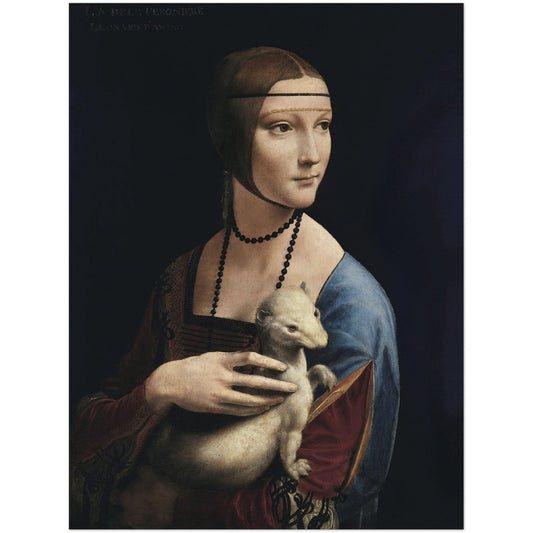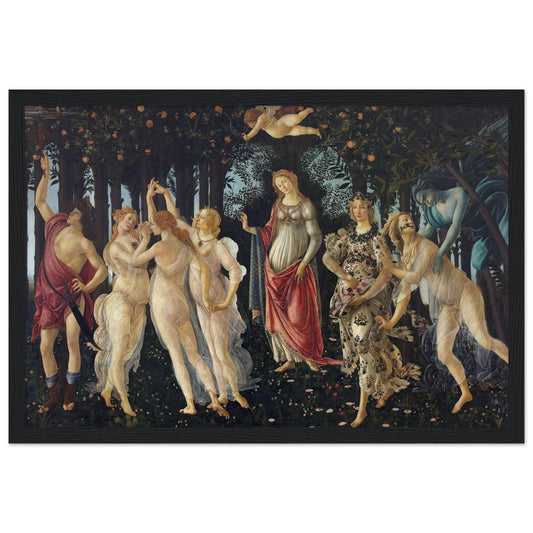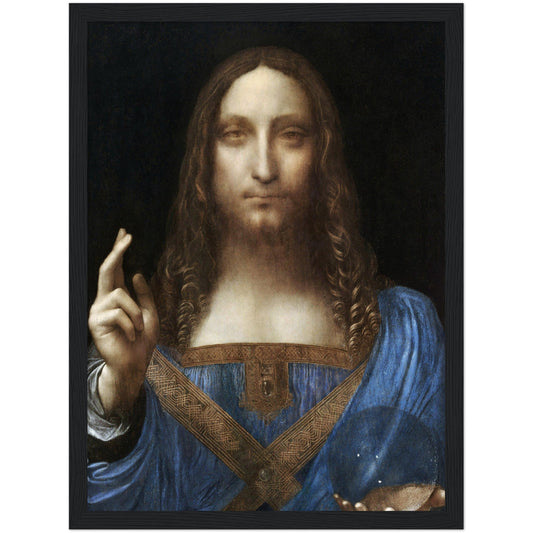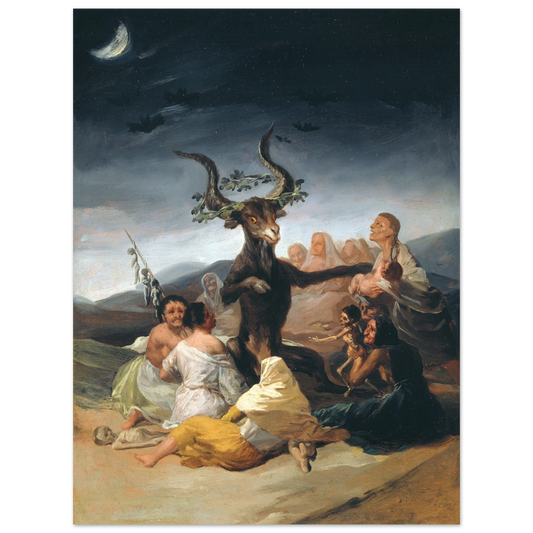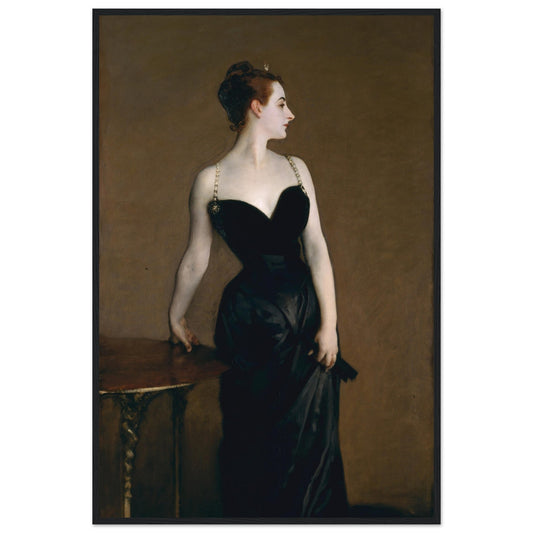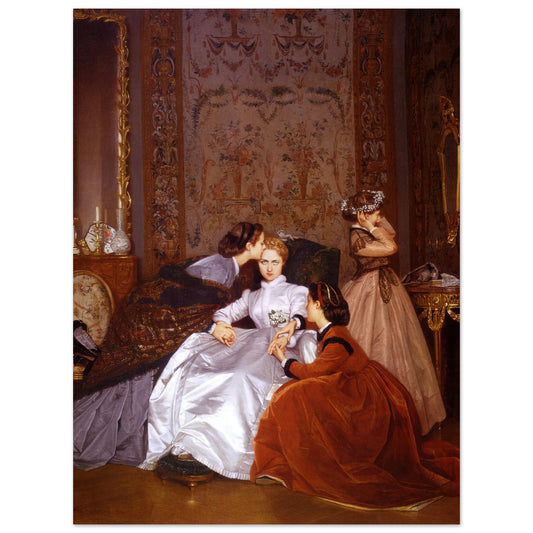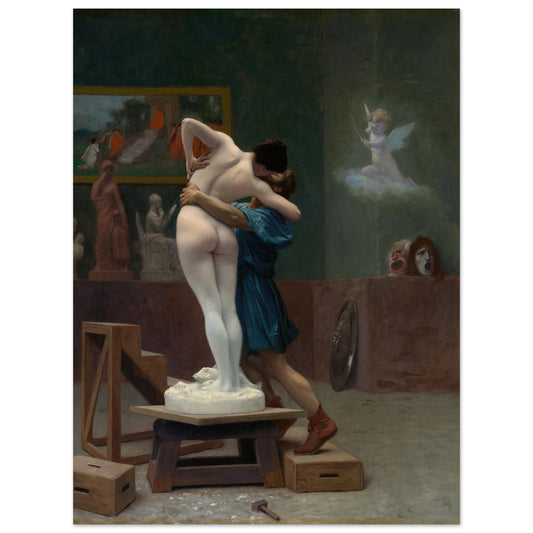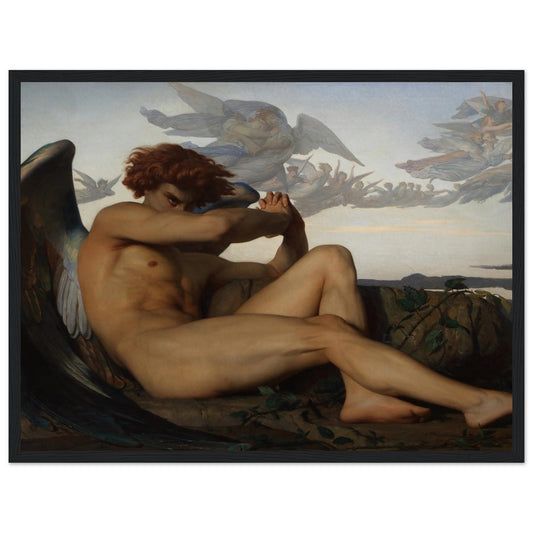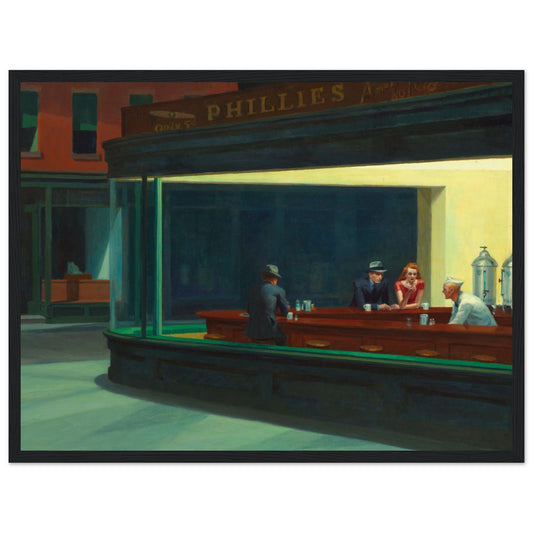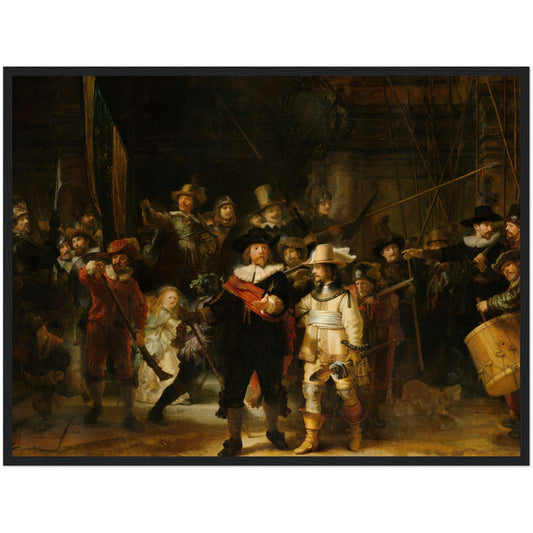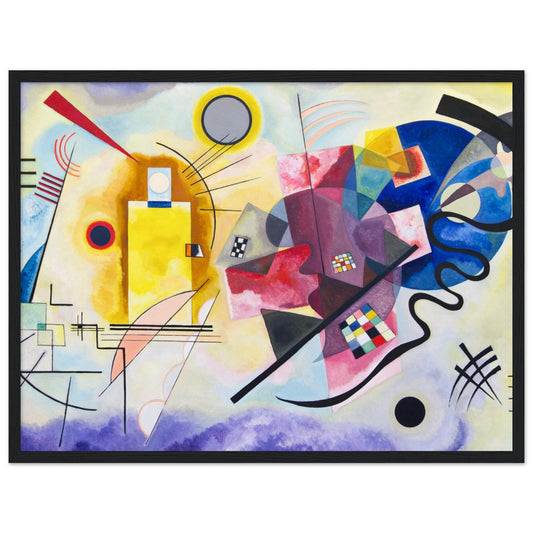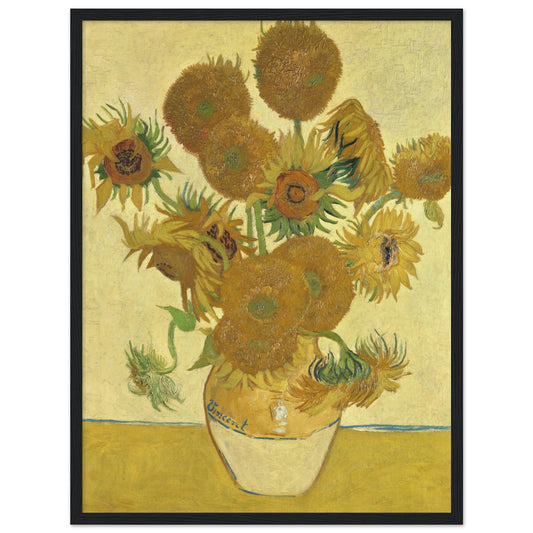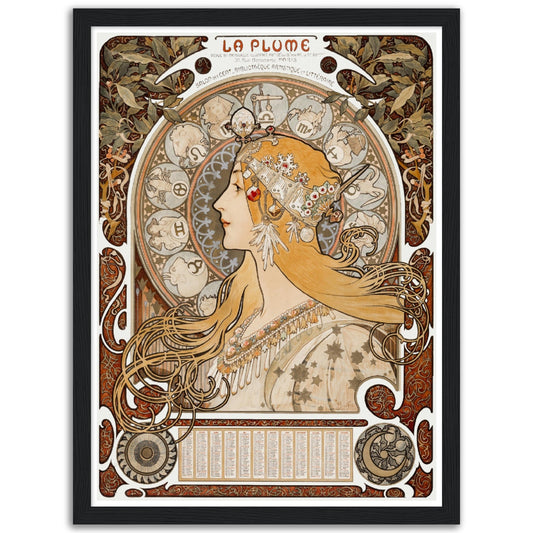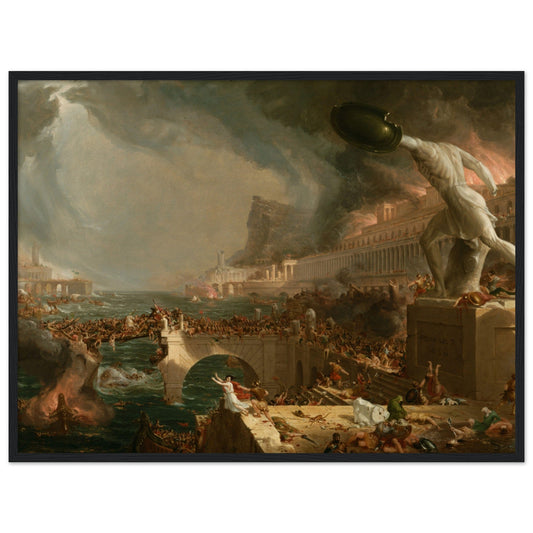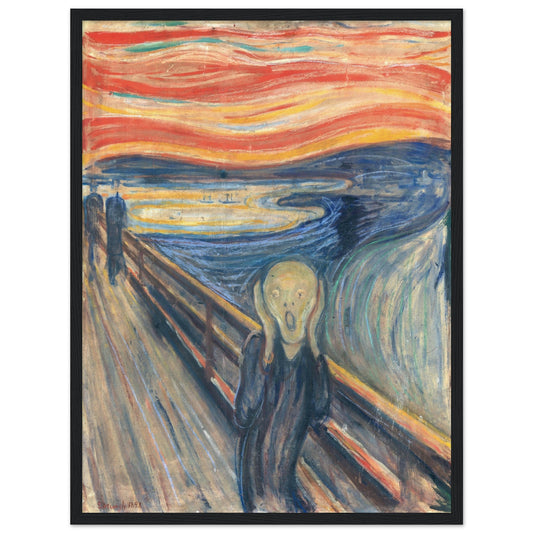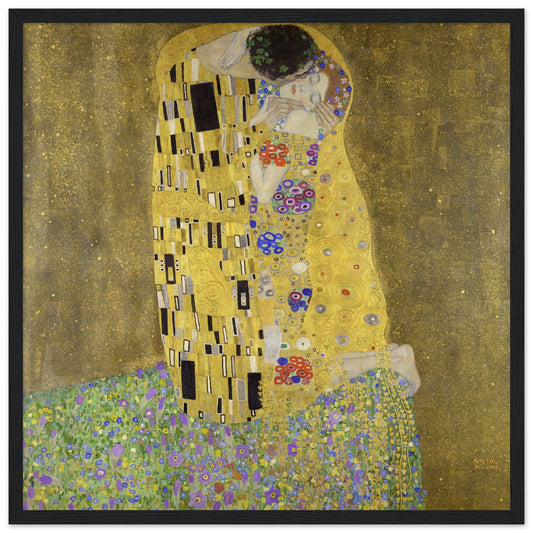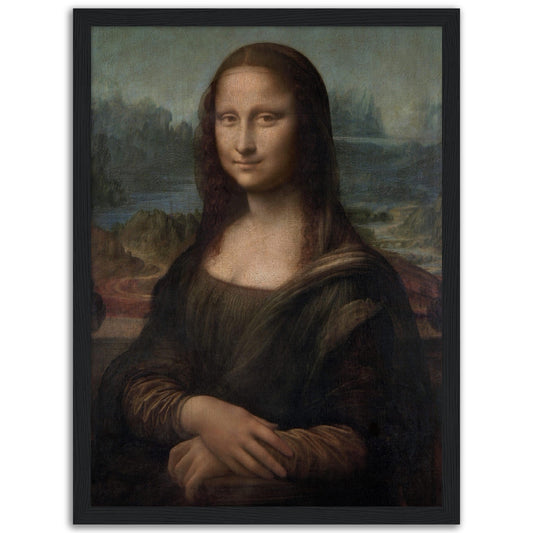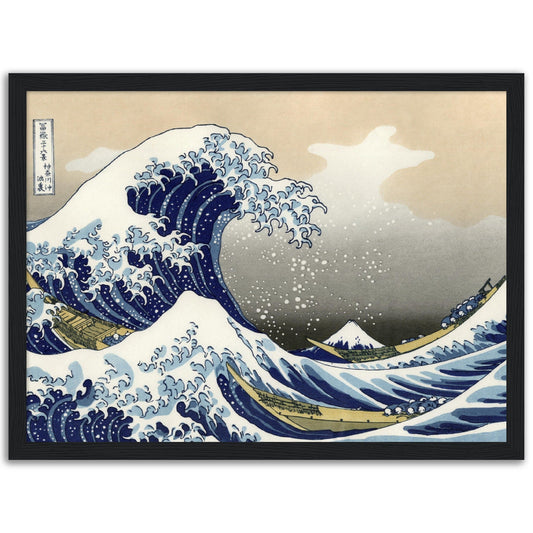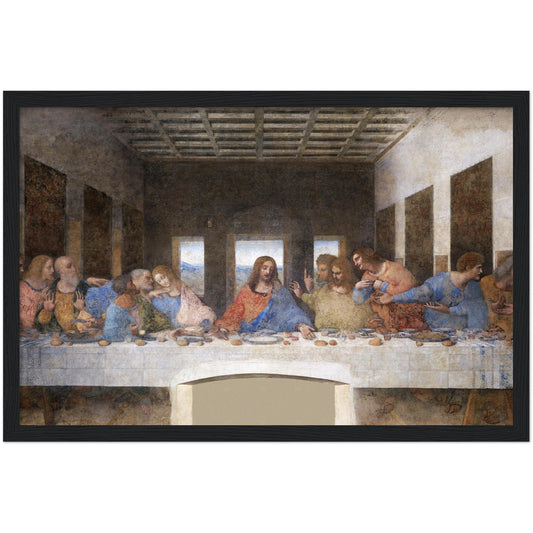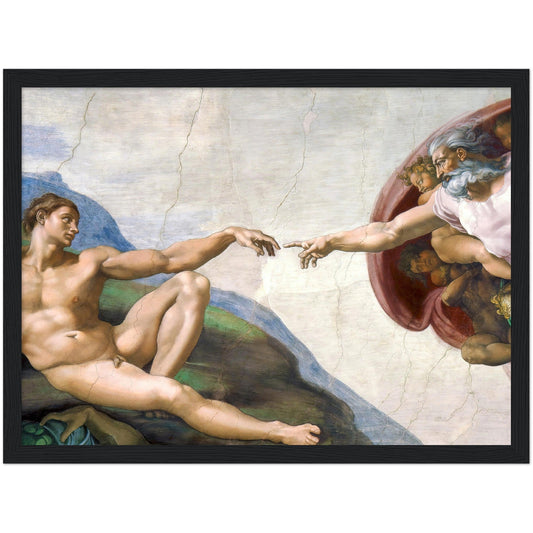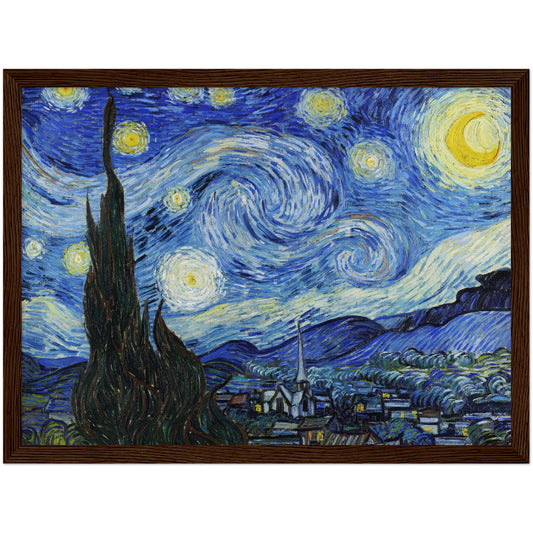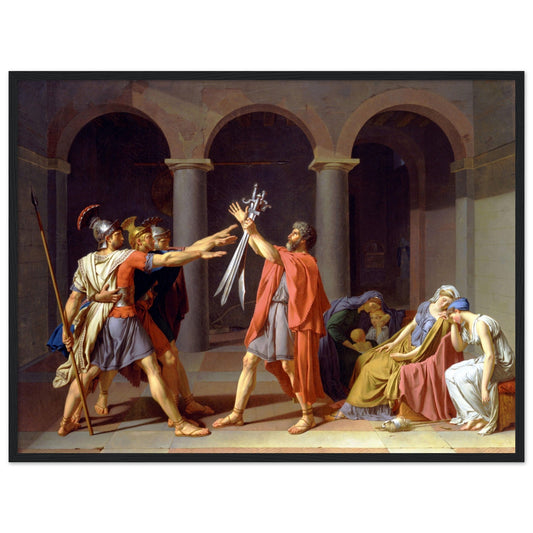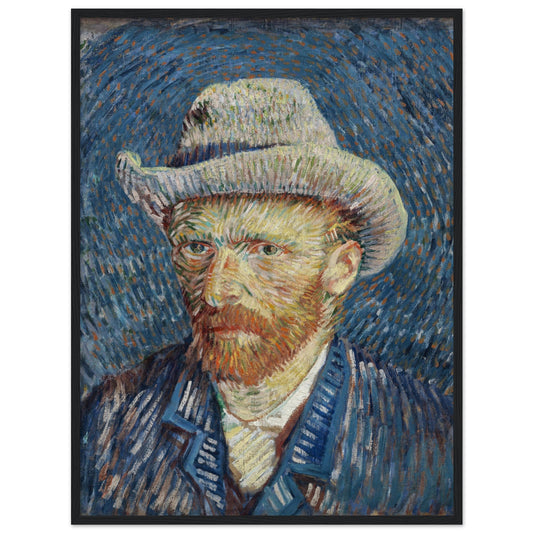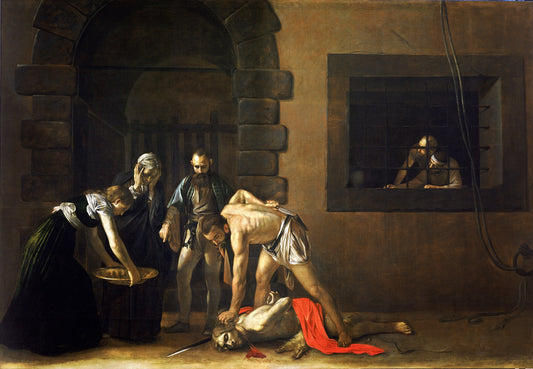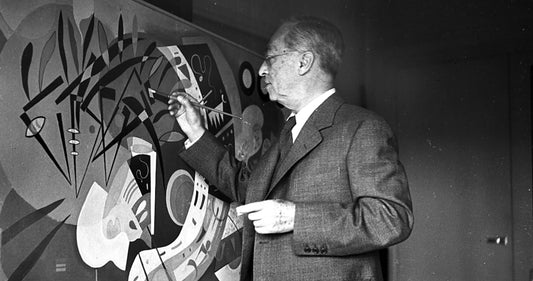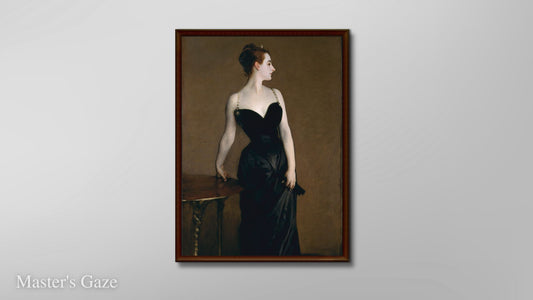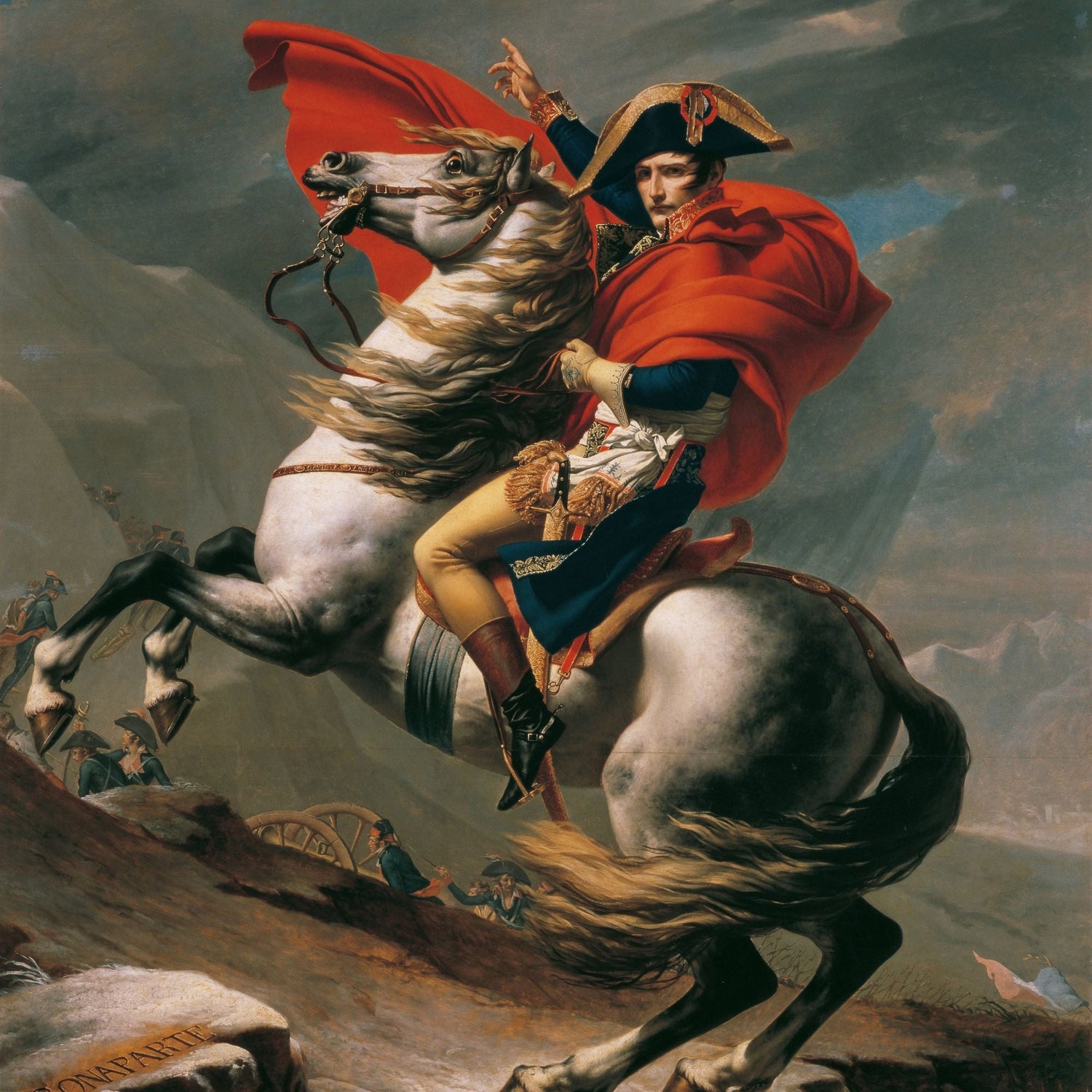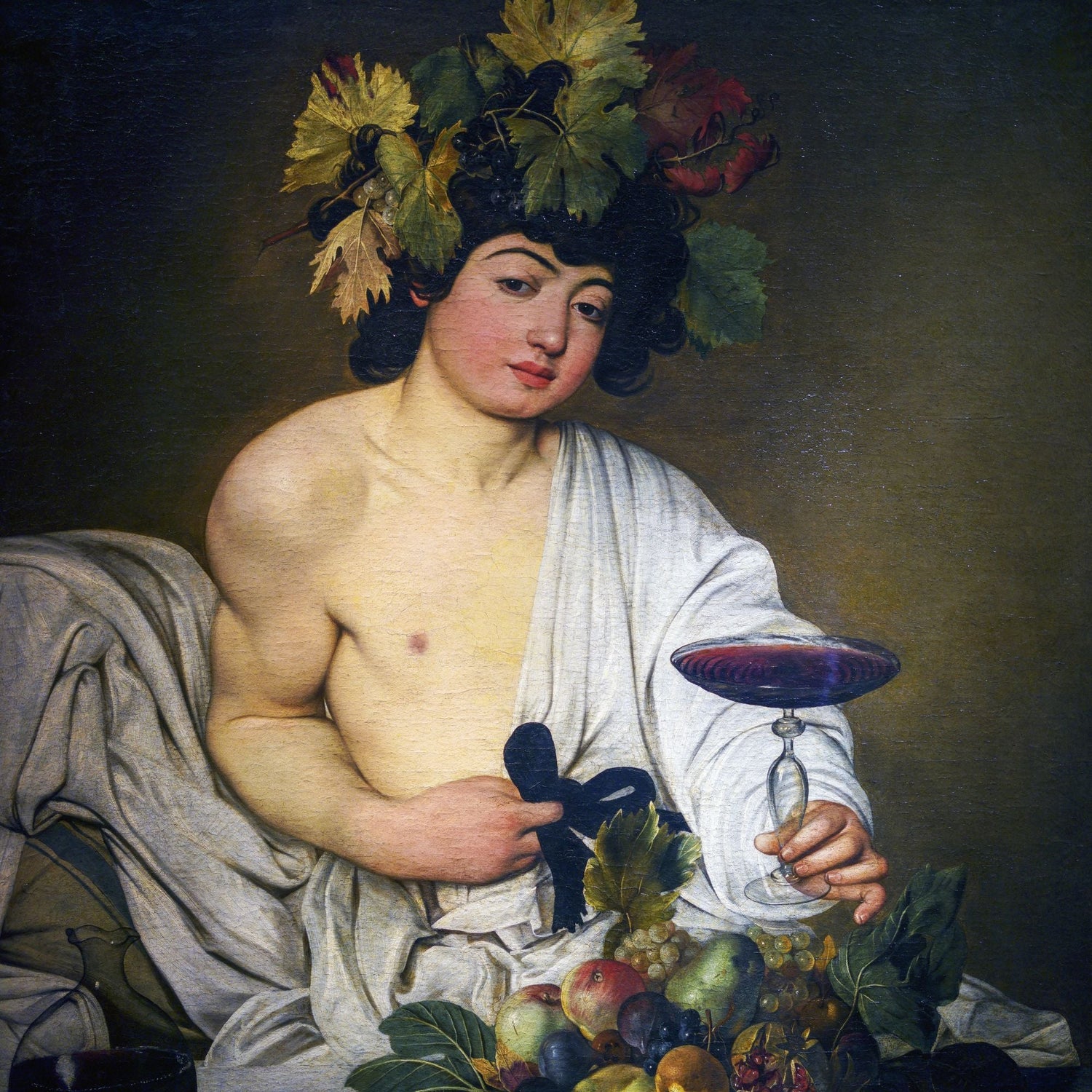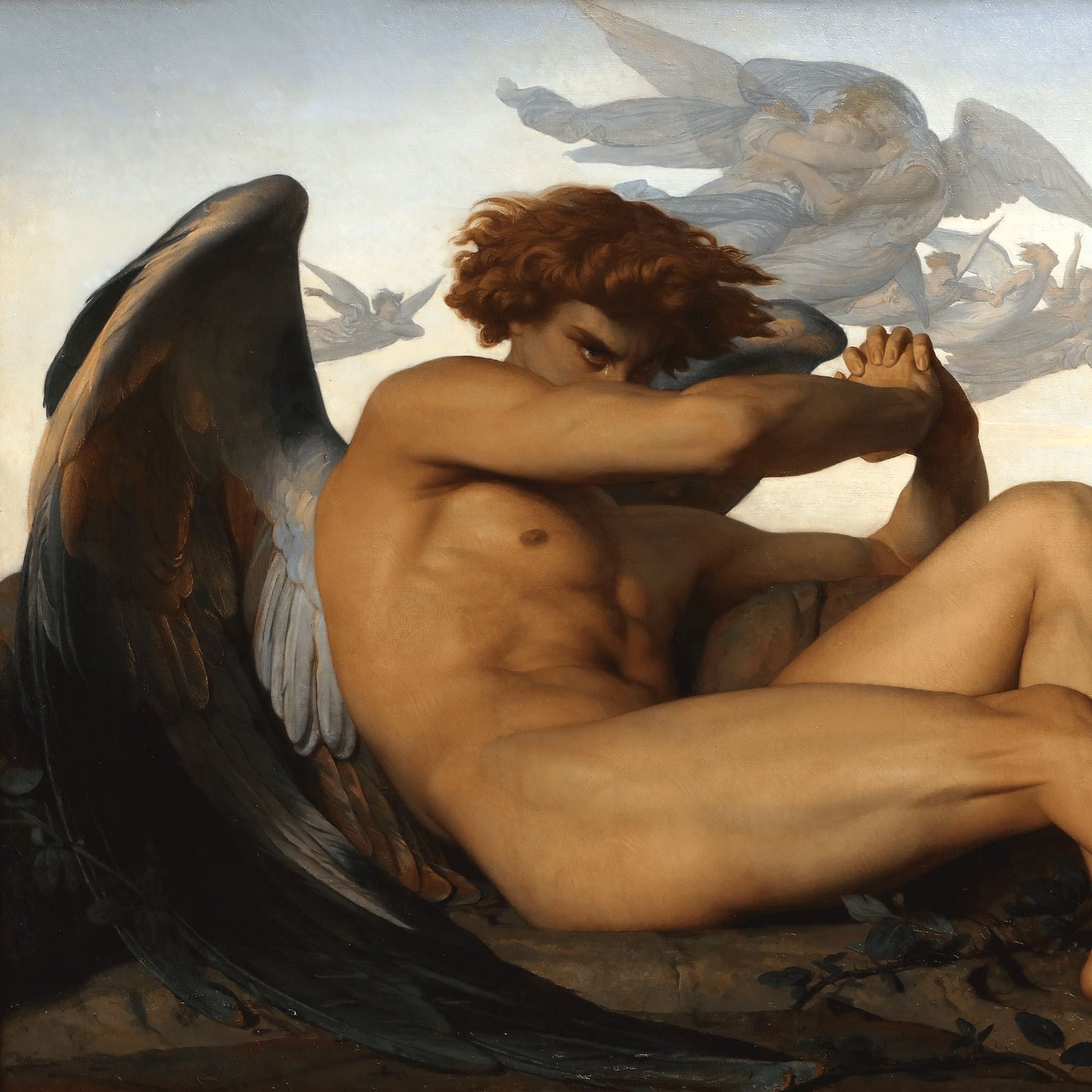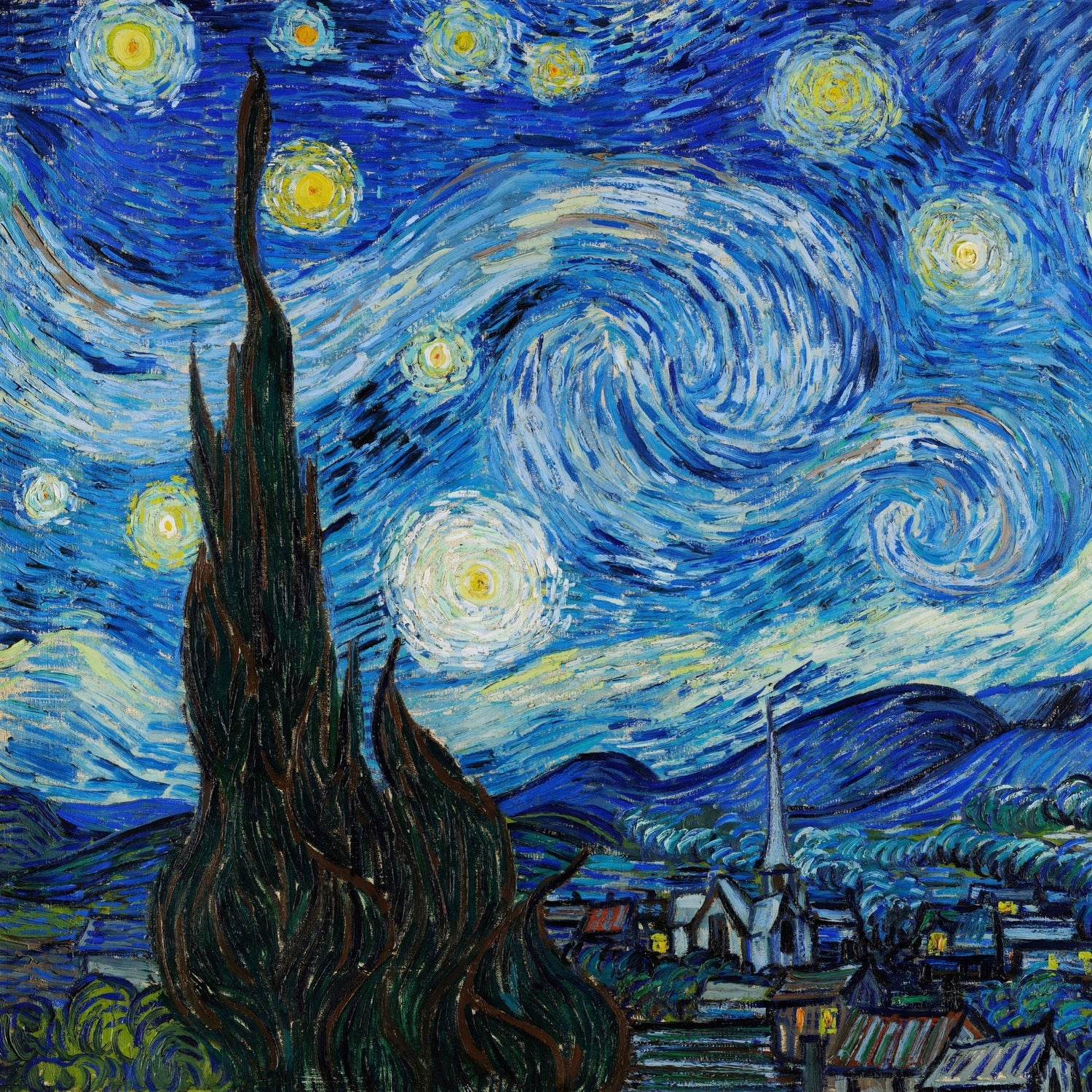Watch the full video here:
Nestled within the Italian Alps, in the small village of San Leonardo, behind the doors of an abandoned jail cell, sat some of the world’s most cherished pieces of art. The value of that artistic lot is impossible to evaluate.
But let's take a step back.
In the 1930s, a figure had defined in a book the project he had in mind for Germany. Hitler wanted to expand the hegemony of the Aryan race over Eastern Europe by creating a German-style empire.
The war began, and Hitler was not satisfied with just expanding his territories, he had something else in mind, stealing the "culture of the territories". As it happens, Hitler planned to steal hundreds of thousands of European works of art.
What was his purpose? Who defended the European artistic heritage?
On behalf of US President Franklin D. Roosevelt, some men were sent to Europe invaded by Hitler's armies with a specific mission: to save the masterpieces of world art.
In this article we will talk about the history of the Monuments Men, the defenders of art.
Table of Contents:
- Hitler's plan
- Common People
- The challenge of Florence
- Triumphs and Lost Treasures
Hitler's Plan
Hitler's interest in art was not confined to military or political pursuits; he was an aspiring artist himself, having faced rejection from art schools in his youth. His passion for art, coupled with his fervent belief in Aryan superiority, led him to develop an ambitious plan to establish an art museum that would highlight what he saw as the greatness of the Germanic people.
At the center of Hitler's cultural ambitions was the Führermuseum, a colossal institution planned for Linz, Austria. The museum was intended to house an extensive collection of artworks plundered from across Europe, showcasing the supposed cultural superiority of the Aryan race. Hitler envisioned the Führermuseum as a testament to Nazi ideology, a place that would immortalize his vision of a new order.

As the Nazi war machine advanced through Europe, Hitler's plan to amass a vast collection for the Führermuseum unfolded. The Nazis systematically looted art from museums, galleries, and private collections in countries they occupied, including France, Belgium, the Netherlands, and Poland. Valuable masterpieces by renowned artists such as Rembrandt, Vermeer, Van Gogh, and others were seized and transported to Germany.
A special unit was established, dedicated to cultural plunder, which played a crucial role in this systematic looting. Hermann Göring, Hitler's second in command, also spearheaded the plundering efforts and amassed an extensive personal collection.
Common People
The idea for the Monuments Men can be traced back to a conversation between two art scholars, George Stout and Walker Hancock, in 1943. Stout, an art conservationist, envisioned the need for a specialized unit to protect and recover cultural treasures amid the chaos of war. Recognizing the potential destruction of Europe's rich artistic heritage, Stout proposed the creation of a team that would include art historians, curators, and archivists to accompany the military forces during the Allied invasion.

Stout's idea gained traction, and in 1944, the Monuments, Fine Arts, and Archives program was officially established under the Civil Affairs and Military Government Sections of the Allied armies. The initiative received support from high-ranking officials, including General Eisenhower, who recognized the importance of preserving Europe's cultural heritage.
The Monuments Men comprised a diverse group of experts, men, and women, from various countries and backgrounds. The team consisted of art historians, architects, museum curators, and archivists, many of whom volunteered for the mission.
To adequately complete their mission, Monuments Men assumed several responsibilities. They identified cultural landmarks and instructed Allied forces to avoid bombing those locations whenever possible. Monuments Men were also sent into demolished cities to assess the damage and initiate restoration projects. Most notably, however, were tasked with finding the millions of artistic and cultural items stolen by Hitler and the Nazi party.
The Challenge of Florence
Artwork stolen from Florence posed an especially difficult challenge for the Monuments Men. While many Italian repositories moved their collections to the Vatican for safekeeping, the Florentine museums opted to move their holdings to villas on the outskirts of Tuscany.
In 1944, German officers told Giovanni Poggi, the superintendent of the Florence Galleries, that the paintings were not safe due to approaching combat. As it turned out, the paintings were not in any excessive danger when the Germans took them. This was a lie supported by German officers and leaders of the Kunstschutz, a German program dedicated to the protection of art. No one knew where these paintings ended up. The stolen art included works by Michelangelo, Raphael, Leonardo da Vinci, Botticelli, and countless others.

By the spring of 1945, Hitler’s dream of the Führermuseum looked bleak. German surrender loomed near and the process of reclaiming stolen artwork had already begun. Monuments Men discovered caches of stolen artwork deep within mines and caves. Over 6,500 paintings were found in the mines of Alt Aussee in Austria. This did not, however, include the missing Florentine works.

It was not until Germany officially surrendered on May 7, 1945, that the Monuments Men learned of repositories at San Leonardo and Campo Tures.
A few weeks after finding the missing art, thousands of Italians celebrated as trucks full of Florentine paintings returned home. Although these were crated up and sealed from the public, the return of the art symbolized an end to the war and the beginning of a rebuilding process.

Triumphs and Lost Treasures
Among the works found, there are:
- The Ghent Altarpiece by Jan van Eyck
- The Madonna of Bruges by Michelangelo
- Portrait of Adele Bloch-Bauer I by Gustav Klimt
- The Lady with an Ermine by Leonardo da Vinci
- The Altarpiece of Veit Stoss from St. Mary's Basilica
Despite the Monuments Men's remarkable efforts, some works of art have eluded recovery, disappearing into the shadows of history. Among the missing masterpieces are:
- Pigeon with peas by Pablo Picasso
- Portrait of a Young Man by Raphael
- Nativity of Saint Francis and Saint Lawrence by Caravaggio
- Poppy Flowers by Vincent Van Gogh
- The Storm on the Sea of Galilee by Rembrandt
- The concert by Johannes Vermeer
- View of Auvers-sur-Oise by Paul Cézanne
- Charing Cross Bridge by Claude Monet
As the search for these works continues, the legacy of the Monuments Men lives on.


